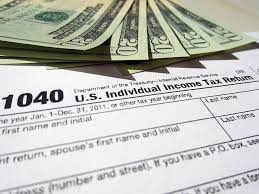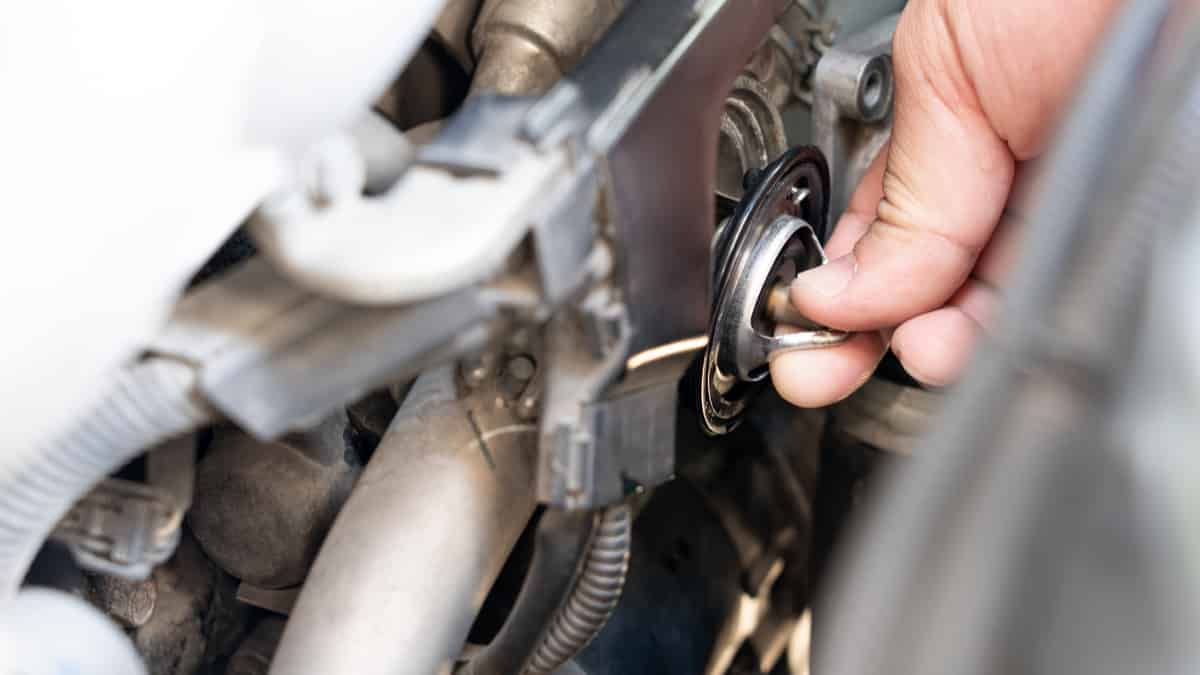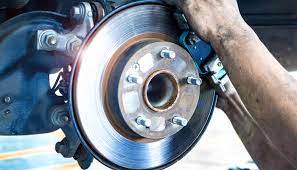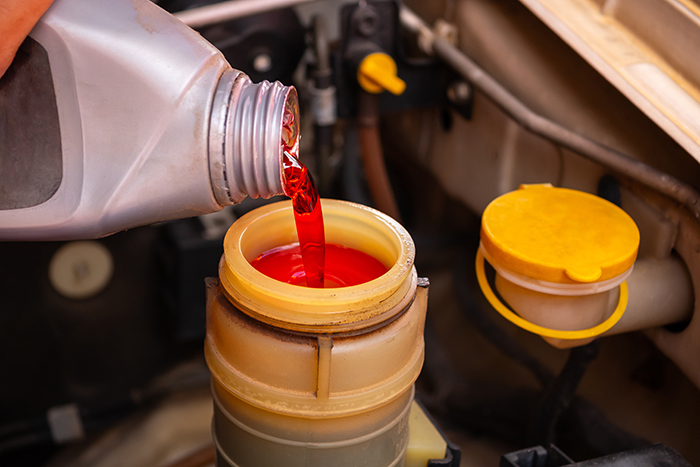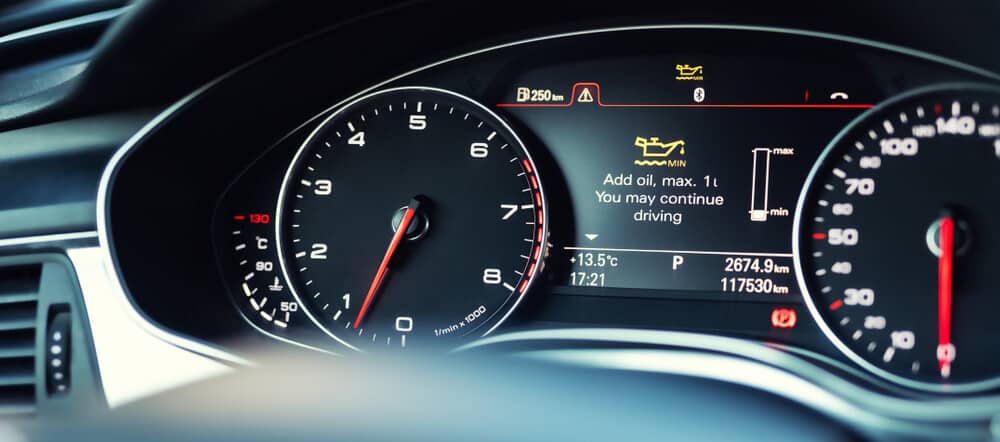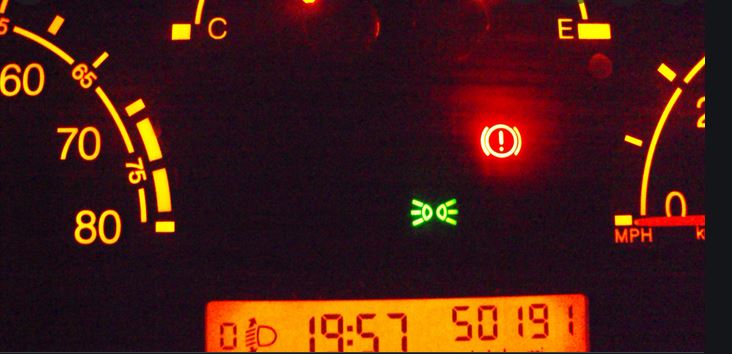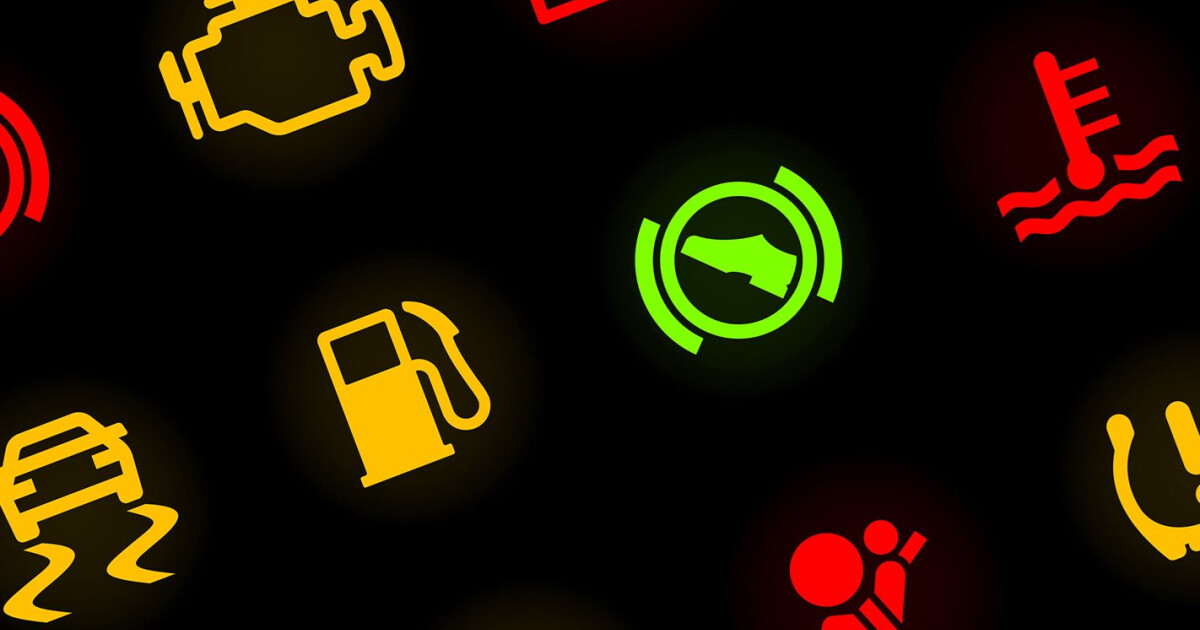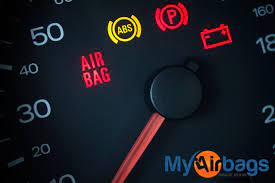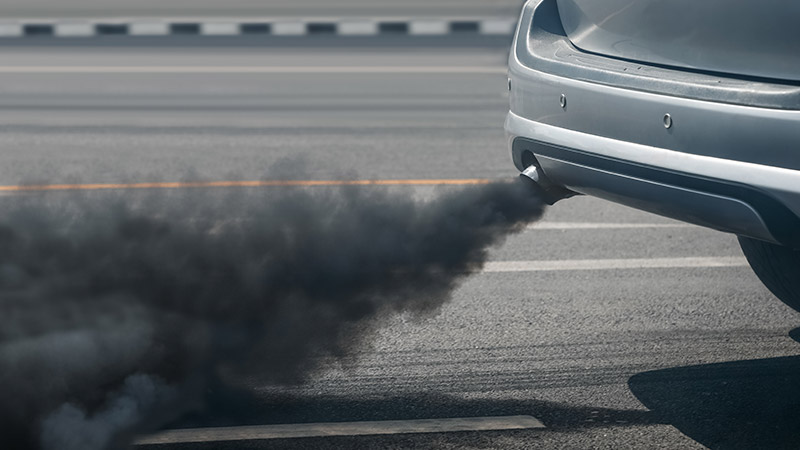04
Sep
State and local incentives for purchasing an electric vehicle (EV) in the United States can vary significantly depending on your specific location. Here are a few examples of state and local incentives that have been offered in various parts of the country: California: The Clean Vehicle Rebate Project (CVRP) provides rebates for eligible electric, plug-in hybrid, and fuel cell vehicles. The amount of the rebate depends on the vehicle's all-electric range and the buyer's income. California also offers additional benefits like access to carpool lanes and reduced vehicle registration fees for EV owners. Colorado: The Colorado Electric Vehicle Tax Credit…
